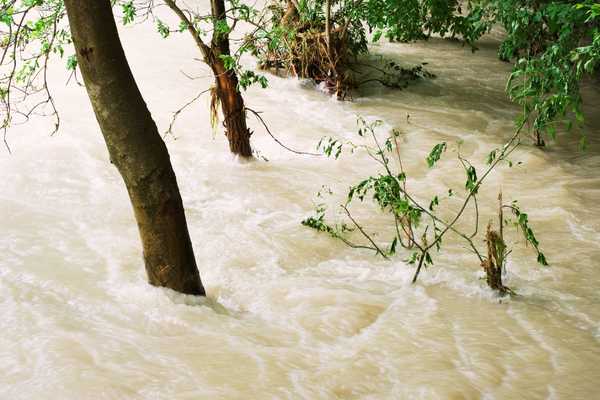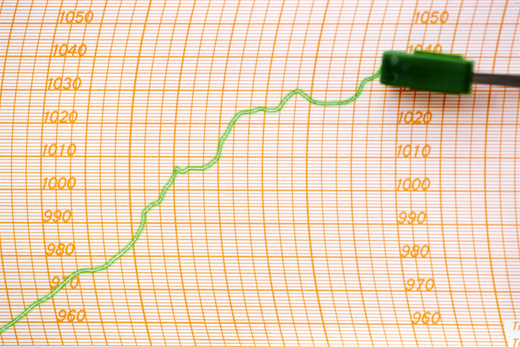How Rain Gauge Data Predicts Future Trends

3 minute read
Rainfall plays a critical role in our climate system, influencing agriculture, freshwater supplies, and ecosystems. As climate change alters weather patterns, understanding how rainfall is shifting becomes vital. One of the simplest yet most effective tools for studying rainfall is the rain gauge, a device that measures local precipitation and provides crucial data for both short-term weather forecasting and long-term climate research. This data can help predict droughts, floods, and other shifts in weather patterns that impact communities worldwide.
Rain gauges may seem basic compared to satellites and advanced weather models, but they offer very accurate data. This information is invaluable for studying long-term climate trends, especially in areas where other data may be lacking. Here are some ways rain gauge data is used in climate research:
Monitoring Droughts: Rain gauges help track drought cycles by providing historical data on rainfall patterns. When rainfall falls below average levels for an extended period, it can signal the onset of drought conditions, helping authorities prepare.
Predicting Flood Risks: By measuring short-term rainfall events, rain gauges can help predict when excessive rain might lead to flooding. This data is especially important in areas where sudden heavy rainfall can overwhelm infrastructure. Urban planners can use the data to design cities that are better equipped to handle extreme weather, such as improving drainage systems to mitigate flood risks.
Tracking Seasonal Shifts: Over time, rain gauge data reveals changes in seasonal rainfall patterns. These shifts, such as earlier rainy seasons or extended dry periods, can affect agriculture and ecosystems. In agriculture, farmers may need to switch to drought-resistant crops or implement advanced irrigation systems to cope with less predictable rainfall.
Rain gauge data is highly localised, meaning that it tells us about rainfall at a specific place or within a small area. While this might seem too narrow to provide insight into global climate trends, the reality is quite the opposite. In fact, localised data helps scientists connect the dots between regional weather phenomena and broader climate patterns. Climate change doesn’t affect all areas equally. Some regions experience more intense storms, while others become drier. Rain gauges capture this variability, helping researchers understand how climate change impacts local weather systems.
Also in Metcheck News

Closing the Early Warning Gap with Metcheck
Extreme weather events are becoming more frequent and severe, making early warnings crucial. Unfortunately, access isn't universal.

Sunshine or Shadows? The Groundhog Decides
Will it be 6 more weeks of winter or will there be an early spring? Read on to find out more about this North American tradition.

Tempted to Photocopy Your Barograph Charts?
Wondering why your barograph chart is not recording the same after photocopying it? Check out our latest blog for the answers.
